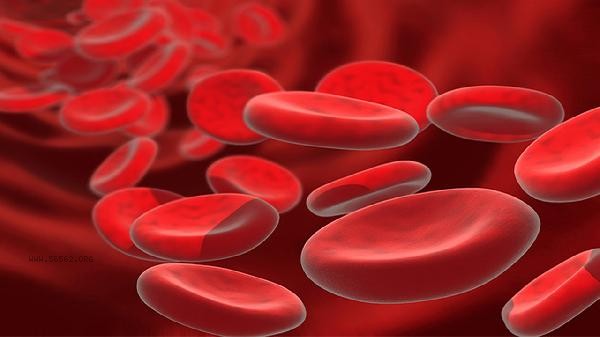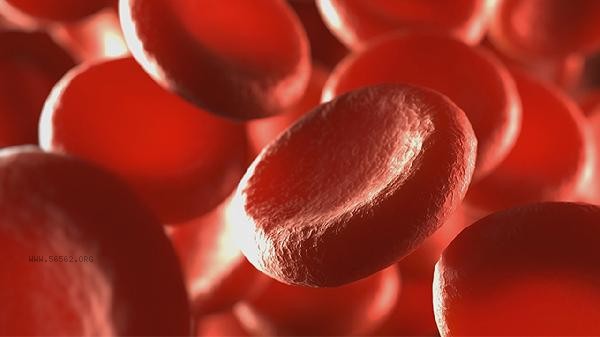A low distribution width of red blood cells usually indicates a high uniformity of red blood cell size, which is mostly a physiological change and may be related to factors such as iron deficiency anemia, thalassemia, and chronic disease anemia. The main influencing factors include nutritional deficiency, genetic factors, chronic inflammation, abnormal bone marrow hematopoietic function, and blood dilution status.

1. Iron deficiency anemia:
Iron deficiency leads to insufficient synthesis of hemoglobin, and red blood cell volume is generally small and uniform in size. Typical symptoms include fatigue, dizziness, and brittle nails, which can be diagnosed through serum ferritin testing. Treatment requires the supplementation of iron supplements such as ferrous sulfate and ferrous fumarate, while increasing the intake of iron rich foods such as animal liver and red meat.
2. Mediterranean anemia:
Hereditary impairment of globin synthesis leads to a decrease in red blood cell volume and uniform distribution. Patients often have a family history of splenomegaly and jaundice, and genetic testing can provide a clear diagnosis. Mild patients usually do not require special treatment, while moderate to severe cases require regular blood transfusions or hematopoietic stem cell transplantation.
3. Chronic anemia:

Inflammatory diseases inhibit bone marrow hematopoietic function, leading to reduced red blood cell production. Common in rheumatoid arthritis, tuberculosis and other chronic infections, manifested as low fever, emaciation. Control the primary disease and use erythropoietin if necessary.
4. Bone marrow abnormalities:
Diseases such as myelodysplastic syndrome may cause disorders in red blood cell production. Accompanied by abnormal white blood cells or platelets, a bone marrow puncture examination is required for diagnosis. Use immunomodulators or chemotherapy drugs according to the classification.
5. Blood dilution:
Increased blood volume or excessive infusion during pregnancy may lead to relative decrease in red blood cells. Usually without special symptoms, it can recover on its own after delivery or cessation of infusion. If necessary, iron supplements can be added to prevent iron deficiency.

It is important to maintain a balanced diet in daily life, with a focus on supplementing foods rich in iron, folate, and vitamin B12 such as lean meat, spinach, and eggs. Avoid long-term consumption of strong tea that affects iron absorption, and regularly check blood routine. When symptoms such as persistent fatigue and palpitations occur, timely medical attention should be sought to rule out malignant hematological diseases. It is recommended to test red blood cell parameters every six months for pregnant women and adolescents during their growth and development period.








Comments (0)
Leave a Comment
No comments yet
Be the first to share your thoughts!